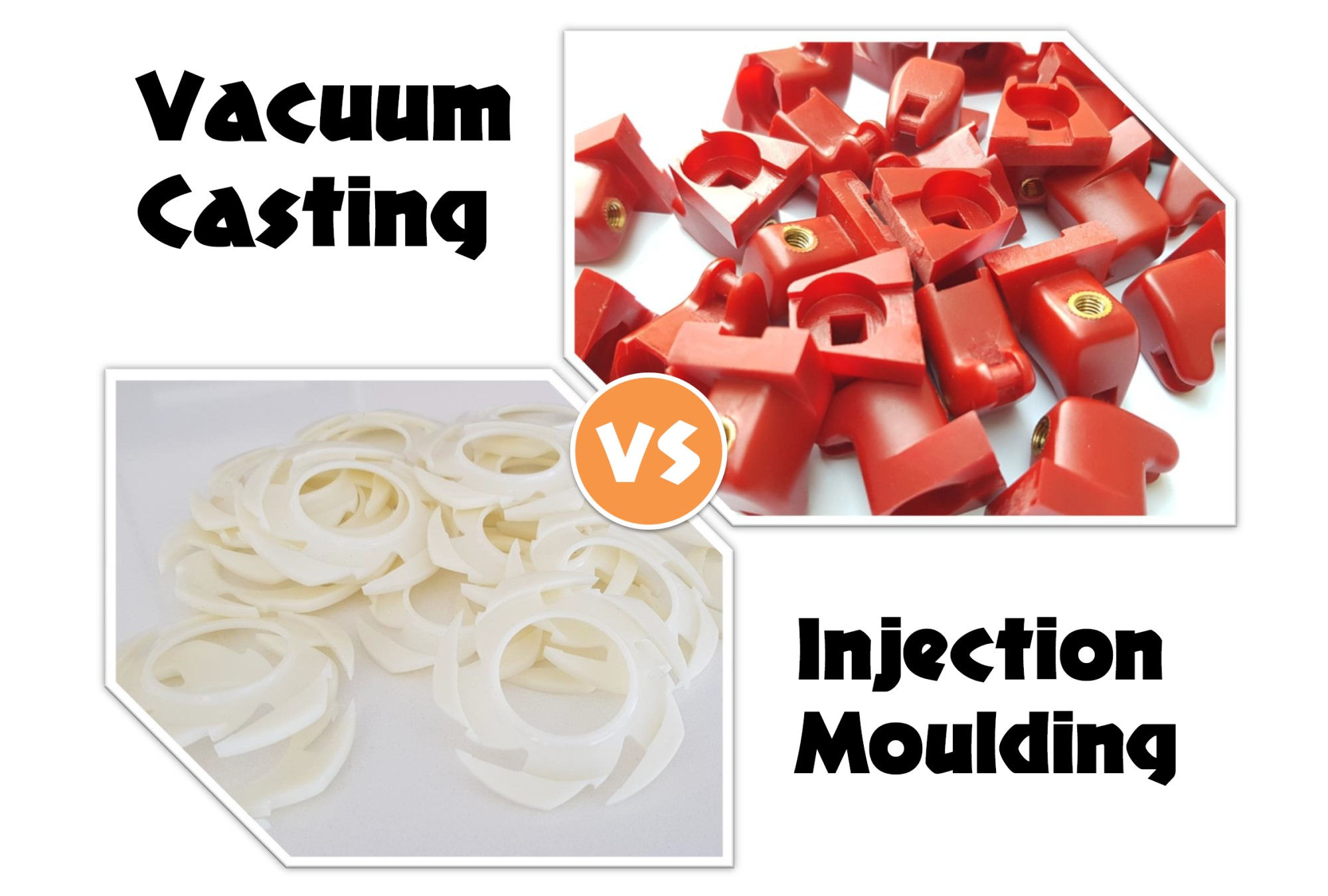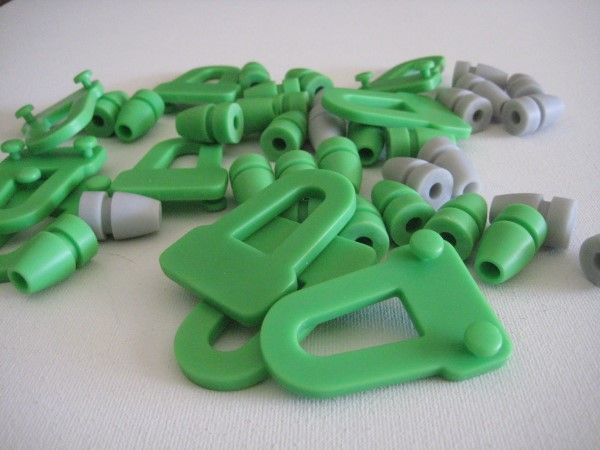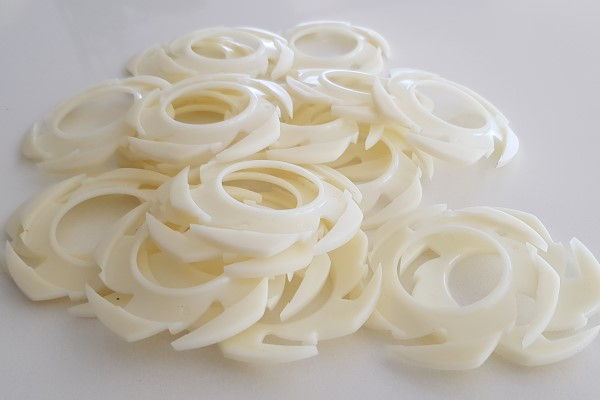Brief about Vacuum Casting and Injection Moulding
From the concept to development stage of any kind of product cycle, there are a number of steps to follow, and one of the most important steps is the selection of product manufacturing process. A number of methods can be applied for carrying out this product manufacturing process, and in this article we are going to consider two very significant methods: vacuum casting and injection moulding. But, how can you select the most suitable method between these two for your application? Is there any specific criteria for that, or what is the benchmark for focusing only on one method over the other one?
As you continue reading this article, you will find guidance for selecting the most appropriate method for your application based on different criteria.
First and foremost, we must establish a firm understanding of the two distinct processes: vacuum casting and injection moulding.
Vacuum Casting
Basically, vacuum casting is one of the rapid prototyping processes that was mainly introduced for plastic and rubber component production. The prerequisite for vacuum casting is preparing a perfect master model. In order to produce this master model, it would be better to use the proven manufacturing techniques like StereoLithography(SLA), SLS, FDM 3D-Printing, CNC Machining. In this process, every small detail that appeared on the surface of the component will be reflected on the master model, such as every scratch, pore, and even a fingerprint. For this reason, the surface of the master model is absolutely perfect. At the same time, because of this nature, the surface of the master model should be free of defects in order to produce high-quality parts. The mould is prepared by pouring silicone around the master model, and degassed to remove the trapped air molecules inside the mixture. Once the silicone mould is cured, it should be cut into sections as per predefined parting lines, and then the master model is removed from the mould. Henceforth, the mould is assembled together and preheated in the oven. Then the polyurethane resin mixture is poured into the mould and degassed inside a vacuum chamber. After curing the resin, the part is taken out of the mould and further processing can be carried out.
Injection Moulding
Injection moulding is one of the most commonly used types of manufacturing methods for producing plastic and rubber parts. In the injection moulding process, the molten material is injected into the mould under high pressure, and then the mould is cooled to solidify it. After solidifying, further processing needs to be carried out, and then the final product can be prepared. Then let us see the steps in the injection moulding process. Firstly, we need a mould that consists of the cavity and core parts that supports producing the desired product. This mould preparation is a complex task that requires high accuracy. After that, the typical process cycle of the injection moulding process can be followed. That cycle consists of four main stages. As the first task, the two halves of the mould need to be closed carefully by a clamping unit before the molten plastic is injected into the mould. In the next step, the molten material can be injected into the mould under high pressure. After filling the cavities of the mould with the desired material, it needs to be cooled to solidify the product, and then the components can be ejected with or without the sprue and the runners.
How to Select the Best Option?
Now you are confident with a strong introduction to the two different kinds of processes and their basic steps. Now we have to identify the best method to apply to any kind of application. I know, you might wonder how this selection can be carried out without having a clear benchmark for that. If such a kind of benchmark does not exist, let’s make a strong one! When selecting the best method to be followed in the product preparation process, if you are provided only injection moulding and vacuum casting methods, you have to consider a number of factors for finalising the most appropriate technique, such as: cost of production, precision of the components, ease of mould preparation, ability to produce detailed parts, quantity, lifespan of the mould, etc.
Let us see how these factors strengthen the selection of injection moulding or vacuum casting.
Cost of Production:
When comparing the cost of production for the two different processes, more is accumulated with injection moulding because of the complexity and delicate nature of the used mould and the high cost of the injection moulding machine. Further, the mould for the vacuum casting is produced by using the silicon material, and it can be used a number of times. After that, it needs to be replaced with a new mould. But that replacement process is not that much expensive than the maintenance and replacement costs, accumulated for the injection moulding process. If your concern is mainly about the cost, you need to go for the vacuum casting process, assuming production quantity is low.
Precision of the components:
Injection moulding can achieve incredibly precise tolerances. Also, injection moulding process has the ability to produce identical quality parts repeatedly, as hard tooling can retain its shape and surface quality for a prolonged period. On the other side, vacuum casting tooling can wear out quickly due to soft silicone.
Ease of Mould Preparation:
Before initiating both processes, moulds need to be produced. When comparing the ease of mould preparation for the injection moulding process and the vacuum casting process, the mould preparation for the vacuum casting will be the easiest method, and the time consumption for that process will be pretty low. Furthermore, the mould of the injection moulding process is more delicate than the mould of the vacuum casting process, and you need to be careful when handling that mould. If you need to produce a part within a shorter deadline, you need to follow the vacuum casting process because it will provide the ease and less time consumption of the mould preparation.
Ability to Produce Detailed Parts:
When comparing the two methods in terms of their ability to produce detailed parts, the injection moulding process receives a higher score than the vacuum casting method because the required tooling and mould are made of high-quality materials and are highly precise. Therefore, we should turn towards the injection moulding process for producing highly complex parts. But, when it comes to the details of the surface, there is no doubt that, vacuum casting will win the trust.
Quantity:
If you need to produce a large quantity of identical parts, the injection moulding process is preferable because the setup cost for the injection moulding process for producing a large volume of parts is less than that of vacuum casting. But, if you are thinking of producing a number of parts between a handful and hundreds, you definitely should go towards vacuum casting.
Material Selection:
A wide variety of thermoplastic materials, with different mechanical properties, can be selected in the injection moulding process. In vacuum casting, material selection is limited. The common material used is polyurethane (PU), which is a two-part thermoset resin, and can mimic the mechanical and thermal properties of popular thermoplastics or elastomers.
Lifespan of the Mould:
The silicone mould for the vacuum casting will last for 10 to 25 parts, and that depends on the used materials and the geometry of the design. But in the injection moulding process, the mould can last for a longer period until any kind of damage does not occur to the mould cavities, the ejectors, or any other components of the mould.
Conclusion
Before selecting the preferred method for your product manufacturing process blindly, just go through these specific criteria and then match them with your requirements. In that case, you will find the possibility of applying the different methods in the manufacturing case. The use of this method in your application will provide you with numerous benefits. Experience the benefits of the exact manufacturing process. For further consideration, please refer to Vacuum Casting or Injection Moulding service page.




